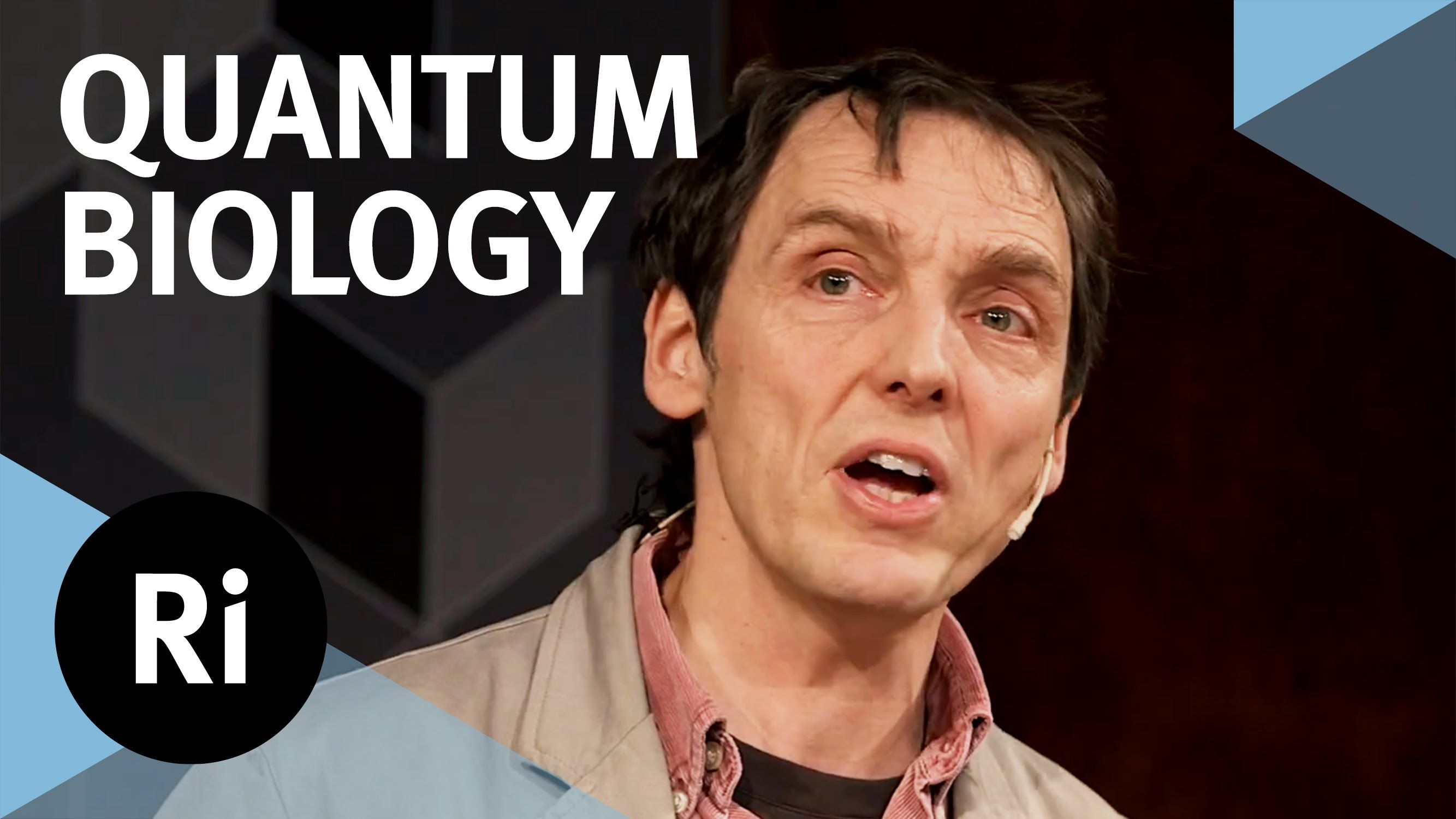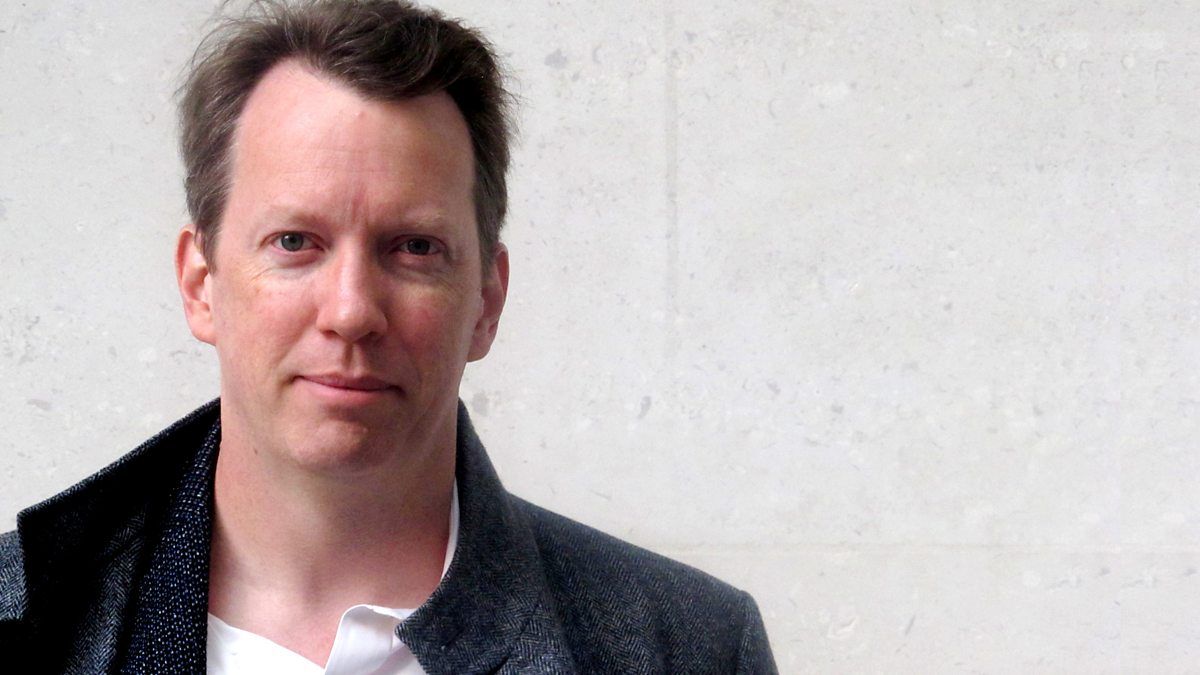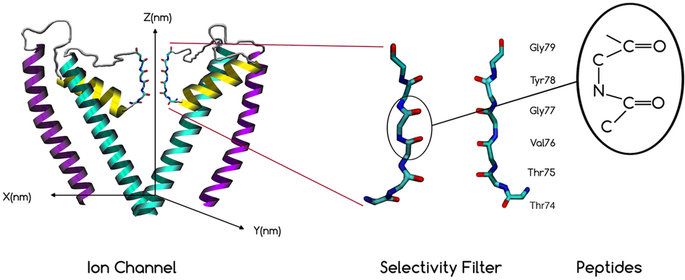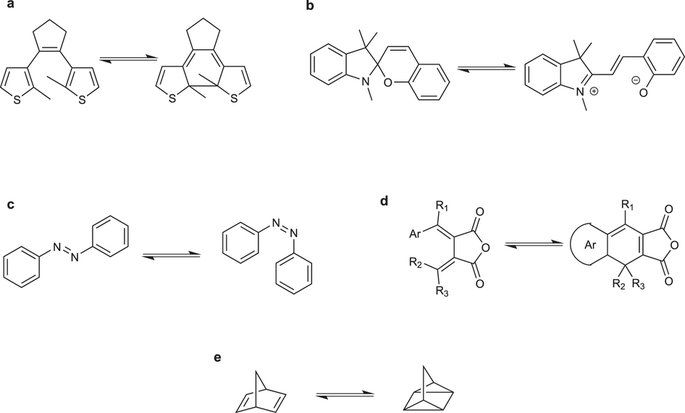Feb 7, 2017
Quantum Biology: An Introduction
Posted by Karen Hurst in categories: biological, quantum physics
As Geordie Rose was to QC; Jim Al-Khalili is to Quantum Biology. QC and QB will together make a new advance quantum tech world complete as both are needed to advance both the foundation(infrastructure) and the products and services we love and rely on.
What is quantum biology? Philip Ball explains how strange quantum effects take place in the messy world of biology, and how these are behind familiar biological phenomena such as smell, enzymes and bird’s migration.
Subscribe for regular science videos: http://bit.ly/RiSubscRibe


















